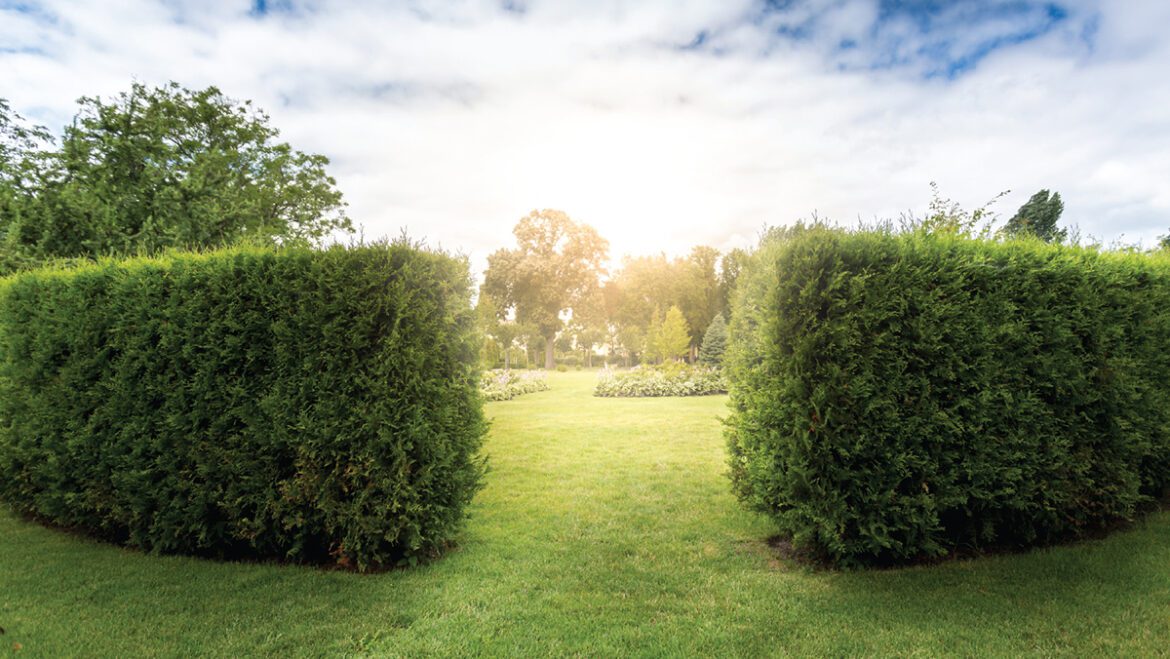As AI-powered garden design tools flood the internet with quick-fix renderings and algorithmic landscaping solutions, a critical question arises: can beauty, harmony, and timelessness truly be automated? For those who see their gardens as more than outdoor spaces—as living works of art—the answer is decidedly complex. A garden of distinction is never simply about the placement of plants or the symmetry of paths; it is a canvas for storytelling, heritage, and soul.
Professional garden designers bring an artistry to their craft that no algorithm can replicate. They intuitively understand how proportions, light, texture, and fragrance coalesce to create emotion and memory. They sense how a morning sunbeam will illuminate a flower just as dew clings to its petals, or how a meandering path might reveal a hidden fountain at the perfect moment. This depth of perception emerges not from data sets or preprogrammed rules, but from experience, imagination, and a sensitivity to natural rhythms.
There is a distinct difference between a garden that has been “designed” by software and one that has been thoughtfully curated by human hands. AI may generate a pleasing layout on a screen, but it cannot consider the cultural narratives, personal histories, or poetic symbolism that shape a truly captivating landscape. A magnolia may be placed not only for its visual impact but also as a nod to ancestral roots. Lavender may line a path not simply for its color but for the way its scent evokes calm on summer evenings. These decisions—intangible yet transformative—are born from intuition, memory, and emotion, qualities that no code can emulate.
Mintee Kalra, founder of Peruse, emphasizes this human element in her approach to design. She listens to the land, studies regional ecology, and understands the unique psychology of each client. Kalra notes that AI can only draw from existing knowledge, risking the creation of generic and uninspired gardens. Yet she sees a future of collaboration, where designers act as curators and guides, blending human insight with technology to elevate, rather than replace, the artistry of a space.
Moreover, a garden is a living, evolving entity. Seasons change, pests arrive, weather reshapes soil, and each plant grows in ways that defy prediction. A skilled designer anticipates these shifts, guiding a garden to maturity with a patient, hands-on approach that AI cannot simulate. The human touch nurtures not only growth but also narrative: a tree planted to honor a milestone, a hidden nook for quiet reflection, or a carefully chosen vine that climbs a trellis in conversation with sunlight. Every element resonates with purpose, creating a dialogue between nature and inhabitant.
Ultimately, the most remarkable gardens embody a duality: they are at once intimate and expansive, disciplined and whimsical, rooted in tradition while embracing innovation. They reflect the vision and personality of their curator while honoring the inherent beauty of the natural world. In a time when technology promises convenience and instant gratification, such spaces remind us that true elegance arises from mindfulness, patience, and human insight.
No algorithm can capture the scent of jasmine at dusk, the way a wisteria vine drapes across a sunlit pergola, or the quiet serenity of a hidden pond. These are the elements that breathe life into a garden, transforming it from a collection of plants into a sanctuary of emotion, memory, and artistry. In the soul of a garden, AI may assist, but it can never replace the human hand or heart.

